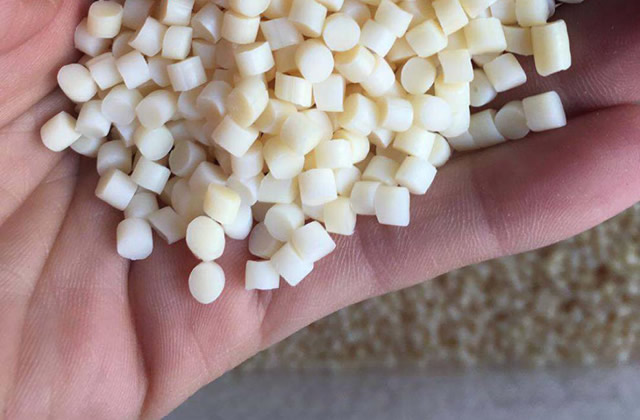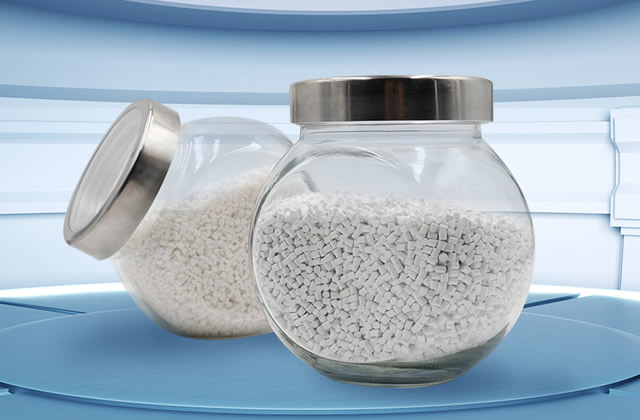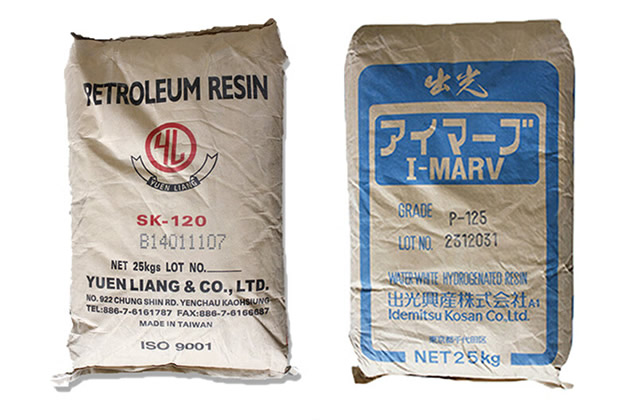1. What are the uses of nano-alumina?
Nano-alumina is widely used in chemical industry, medicine, catalysts and their carriers, ceramics and other fields because of its special properties.
1. Application in ceramics. Precision ceramics made of nano-alumina powder have metal-like plasticity and toughness, are light in weight, and especially have greatly improved strength. A small amount of alumina is added to the conventional ceramic matrix. Micron or nanoscale alumina can double the mechanical properties of materials, improve the toughness of ceramics, and reduce its sintering temperature.
2. Ultrafine alumina powder bioceramics basically do not corrode in physiological environments and have good structural compatibility. New tissues grow into the coherent pores on the surface of porous ceramics and interact with body tissues. The bonding strength between them is high and has the characteristics of high strength, small friction coefficient and low wear rate. Therefore, it is widely used in clinical practice. As a new medical material, nano-alumina has been used to produce load-bearing artificial bones, dental root implants, and drug sustained-release carriers. It has also been successfully used to reconstruct maxillofacial bone defects and facial features orthopedics and repairs.
3. As a surface protective layer material, spraying nano-alumina particles on the surface of metal, ceramics, plastics and other materials can significantly improve surface strength, wear resistance and corrosion resistance.

4. Optical materials: Nano-alumina can absorb ultraviolet light, and can Light waves are produced at wavelengths related to the size of the particles. Aluminum oxide can be sintered into transparent ceramics as a material for high-pressure sodium lamp tubes; it can be used as a protective coating for the phosphor layer in compact fluorescent lamps; it can also be combined with rare earth phosphors to form a luminescent material for fluorescent lamps to extend the life of the lamp. In addition, the nano-alumina porous film has infrared absorption properties and can be made into stealth materials for use in the military field; its absorption effect on 80nm ultraviolet light can be used as ultraviolet shielding materials and cosmetic additives.
5. As a catalyst and its carrier, the catalytic function of nano-alumina is an extremely important one in its new uses. Nanoscale powder has a large specific surface, and the performance of the catalyst and catalyst carrier produced is several times higher than that of ordinary catalytic materials.
6. Electronic industry: Nano-alumina has good electrical insulation, chemical durability, heat resistance, strong radiation resistance, high dielectric constant, smooth and uniform surface, and can be used as semiconductor materials and Substrate materials for large-scale integrated circuits are widely used in microelectronics, electronics and information industries.
2. How much does nano-alumina cost per ton?
As mentioned above, we have briefly understood that the application range of nano-alumina is very wide, so how much does a ton of nano-alumina cost?
According to industry insiders, the price of high-purity nano-alumina imported from abroad for use in the polishing industry and with detailed requirements for product specifications can be as high as 1 million yuan/ton, and the price of non-imported products will be slightly higher. Lower.
If the website content violates your rights, please contact us to delete it。








